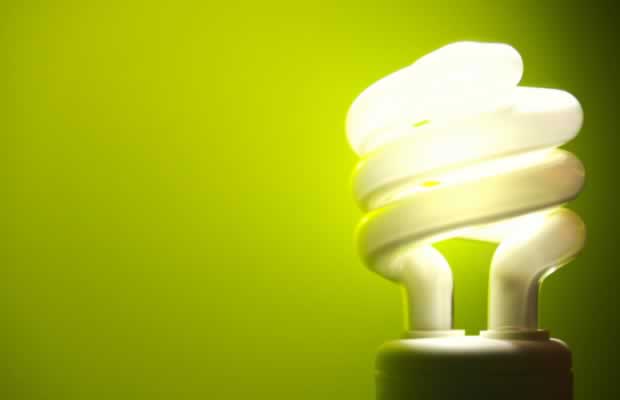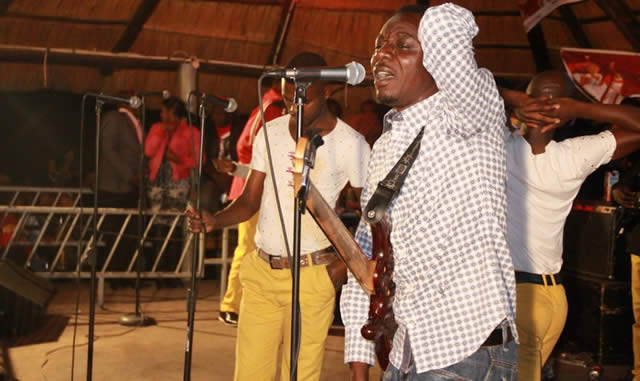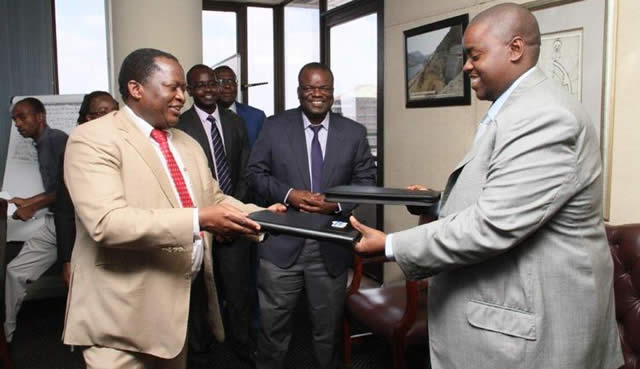EDITORIAL COMMENT: We can do more to save domestic power

Electricity charges are going to rise very soon, as Zesa starts commissioning emergency generators and will have to remain in place as the first additions to major power stations, the extensions to Kariba South and Hwange, come on stream in a few years. But this does not mean that household electricity bills have to rise, only that householders have to start understanding how much power their appliances consume and how to minimise consumption, especially on high load items.
This is not difficult.
Commercial and industrial users, who have been relying on expensive private generators for much of the time, will no doubt be ready to pay higher rates for grid power, which even in the worse case tariff models will still be well under half the price of what they pay for fuel for their private generators.
And these consumers can also use modern technologies to reduce their consumption significantly. In retrospect, Zimbabwe was wrong not to have implemented plans made in the 1980s to build extensions to Hwange and Kariba South then, although this would have pushed up tariffs earlier, rather than choosing to import power during the 1990s and beyond and then finding the Sadc surplus had changed to a Sadc deficit.
We now have all the required parts in play. Most residential and commercial consumers are on prepaid meters, so payment defaults are impossible. Industrial users, who are on complex tariffs that rely more on maximum demand than energy use, have smarter meters and these can be upgraded further.
With only a small fraction of consumers paying bills Zesa can take swift action if the bill is not paid. Zesa now has guaranteed cash flows to buy coal, pay off loans and generally operate as a proper utility.
We have to expand Hwange and Kariba South simultaneously. As we have discovered this year there is limited Zambezi water, so there is no extra energy from Kariba South. What Zesa will be able to do when both extensions are commissioned is move the base load supplied from Kariba South to Hwange and reserve the hydro station for peak demand, which is the textbook solution for utilities running both thermal and hydro stations. But this will make power dearer, hence we need to realise that higher tariffs are permanent, not temporary.
But householders should not despair. Most people have now switched to fluorescent bulbs, and now LED bulbs are being supplied by one local distributor, giving even greater savings. An average three-bedroomed house can be lit with LED bulbs consuming, in total, less than 50W and that includes outside security lights. That set of bulbs, left on 12 hours a day, will consume 6c of electricity, so even a 50 percent increase in tariffs will still be negligible.
Modern televisions consume far less than older technologies and refrigerators are efficient. So it is heating water and cooking that take the bulk of most people’s electricity units, so long as they use the best technologies for other appliances.
Modest care in managing these can cut consumption significantly and installing solar water heating and the like, coupled with management, can probably halve such bills. So a tariff rise need not lead to higher bills.
We can, using appropriate technologies and smart management, have our cake and eat it, that is have 24-hour power at the touch of a switch, but at an affordable monthly cost.








Comments